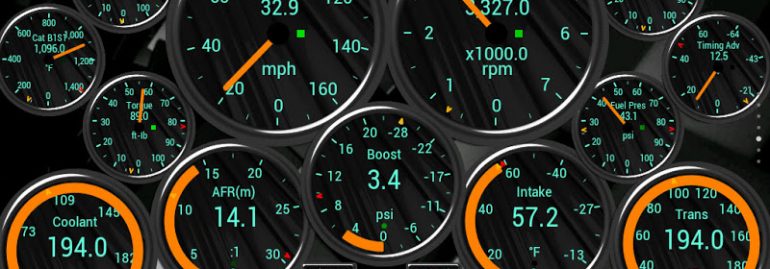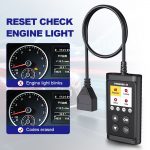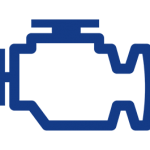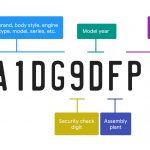There are many ways to identify the engine code on your vehicle. These include the serial number, application code, and production date. Below are a few common codes. Each code can be difficult to decipher, so a quick online search can save you time and frustration. Listed below are some ways to determine the engine code on your vehicle. Follow these tips to find the information you need and avoid any possible mistakes. Once you’ve identified the code, you can lookup the production date, application code, and more.
Identifying your engine’s serial number
Identifying your engine’s serial number can help you find out a lot of information about your car. It’s useful for determining the model of your engine, and it’ll make it easier for you to get parts at your local repair shop. To find out the exact model of your engine, you can locate its serial number on a metal plate located on the left side of the engine block. Identifying your engine’s serial number is easy to do.
The serial number is usually made up of a prefix and a suffix. The suffix is usually one or two letters, depending on the make of your car. The prefix, for example, indicates the make and model of the vehicle. A prefix is a letter that indicates the year the car was made, and the suffix is either a hyphen or a number that indicates the model of the car. Identifying the serial number of your engine’s parts will help you get the correct parts.
Using your VIN and ESN to identify your engine will let you know its exact specifications. A VIN will tell you the year and month it was manufactured, while an ESN tells you the specific engine assembly. You can also find out the engine’s emission standards with the ESN. For example, a G may mean a 6.0L L96 Vortec 6000 engine. A VIN or ESN tells you more about your engine than the brand name.
The ESN is not the same as the VIN, but it plays a very important role in identifying the model of your car. The ESN can tell you more about the vehicle’s history, how it was purchased and financed, and if it was stolen or damaged. The VIN can also help you find the vehicle’s history, finance information, and so on. If you have a car that needs service, it can help you figure out what it needs to fix.
Once you know your VIN, you can easily identify the model of your engine by searching for parts in your vehicle’s serial number database. Identifying your engine’s serial number is useful for a lot of reasons, from fun to classic muscle car meet-ups to finding parts for your car. And it’s also useful if your car is stolen – or stolen by someone else. So, if you can get hold of the serial number of your car’s engine, you’ll be able to identify a specific part of the engine that has been stolen from your vehicle.
For the most accurate results, check the manufacturer’s website for details. There are videos online showing how to locate your ESN on your engine. You’ll also need a good flashlight, shop towel, and a camera or cell phone. Then, open up the hood to access the engine. The ESN is often located on the lower left corner of the engine, so you’ll need a good light source for a good view of the engine.
Identifying your engine’s application code
If you are not sure how to identify your engine’s application code, the easiest way to do this is to find the serial number. This number is located on a metal plate fixed to the engine block. It tells you the family, emissions standard, capacity, and type of aspiration. The code will also tell you whether the engine has a generator set. It is important to follow these steps to make sure you’re installing the correct equipment.
The RPO code is the most common code for Chevrolet’s 3rd and fourth generation small block engines. You can use your VIN to check the code and consult a table. Check your engine for any swaps or differences in model numbers, or see if it’s the same as another one. In the meantime, you can use this link to identify your LS engine by visual inspection. You can click on the RPO code to learn more about it.
When replacing your engine, look for an engine ID code. This is a code stamped on each cylinder block. The engine ID code contains the assembly plant code, the production date, and a suffix code. If the VIN and engine ID code don’t match, the engine may have been replaced under warranty. Make sure the code is the same, or you won’t be able to make a proper comparison.
Identifying your engine’s production date
Your Chevrolet’s engine’s date code can be found on the engine block. It is alphanumeric, and has three signs: month, day, and year. Month signs are usually represented by the letters A through L, corresponding to January through December. Month codes can also be numerical. In some cases, the month is indicated by the year. Regardless of how your engine was produced, you should be able to identify its production date with the help of your vehicle’s manual.
If you know your car’s VIN number, you can easily determine its production date. The VIN is an alphanumeric code that contains more than 20 characters and digits. Although this method will not directly reveal the manufacturing date, you can use your engine’s serial number to identify when it was built. It will tell you exactly which parts were used in making the engine when it was manufactured. If you have an engine serial number, you can find it by locating the sticker around the driver’s door frame.
Ford Motor Company has started placing identification number tags on some of its engines since the mid-’50s, and all motors since January 1964. This identification number tag tells you the month and year your engine was produced, as well as the model and change level numbers. You can also determine the cubic inch displacement of your engine by looking for a casting number on the engine. If you do not have a cast number, you can look for a Ford engine identification number tag by searching online or in a manual.
Another way to identify the production date of your engine is to look for the CPL # or “CPU” number. This will tell you which type of engine it is. For instance, a 2003-04.5 5.9L is built in either the 2003 or 2004 model year, and it will have a CPL # of 8213. A 2004.5-07 5.9L is built between January 1st 2004 and January of 2007 (CPL # of 8346 and 8347).







Through this article I have learned several methods to identify an engine’s code, including checking the serial number, VIN, ESN, and application code, all of which provide details on specifications and production date. With this information one can better understand their engine and lookup correct replacement parts when needed.
How to do know what engine is in my car
v4 engine # 0220160458 and we’re it came from ?